
Protecting interior and exterior brick slips using a brick sealer.
The use of brick slips on interior walls is a growing trend. Brick slips are an extremely durable product and are an obvious choice in high traffic areas which subject to wear and tear.
The size and method of installation make brick slips great at hiding imperfections in a wall especially when you’re working with an uneven surface.
More importantly, brick slips are commonly selected because they look great. Brick slips offer a rich, rustic look that only cannot be provided by any other material.
Brick seal your brick slip wall
Although brick slips can be left in their natural state a key to keeping the surface protected is to seal it once installation is complete.
Left unsealed, as robust and hard wearing as brick is the surface is porous and can attract dirt and dust which if left to accumulate can be difficult to clean.
Liquids are easily absorbed into untreated brick slips which if coloured can cause stains.
Brick cleaning your brick slips
Fortunately, the process of brick cleaning your brick slips is a fairly easy and inexpensive process and if you follow the steps below you can ensure that it is done correctly and safely.
1. Clean the surface.
We always recommend you wait at least 6 weeks after construction is finished so that the mortar and adhesive has had time to fully cure and to give sufficient time for any salts or efflorescence to present themselves.
This is crucial because whatever stains and salts are on the wall prior to sealing will be “locked” into the surface once the sealer has been applied.
It is important that the wall looks the way you want it to look before sealing.
2. Brush off any mortar remnants with a wire brush.
Any dried pointing mortar or adhesive which is on the brick slip surface will come off easily by brushing with a wire brush. If there are any stains that have soaked in to the brick they can be cleaned off using a mild washing up liquid and cleansing with water afterwards.
For interior cleaning it is best to avoid cleaning with any harsh acid-type products. Ventilation and rinsing are critical, so these types of products are not always safe to use indoors
3. Allow your brick slips to fully dry after the cleaning process before you apply any sealing product.
Sealing using brick sealer.
There are many brickseal products available in the UK all have unique properties and work well in different applications. Which ever product you opt to choose make sure that you read the data sheet prior to use to make sure that the application has been done as per the manufacturer’s recommendations.
Our process is generalised and should always be done in tandem with the manufacturer’s instructions.
We offer two fantastic sealing products here at brickslips.co.uk.
Matt brickseal
This sealer is ideal for a Matt finish that will transfix itself into the surface of the brick slips to protect against oil and water based stains. This sealer will present an unchanged matt finish to the brick.
Gloss brickseal
This sealer is ideal for a Gloss finish that will transfix itself into the surface of the brick slips to protect against oil and water based stains. This sealer will offer a deep colour finish to the brick which highlights the natural colours of the brick.
Conclusion
Personal choice and preference always plays a part in the decision to seal or not to seal. Common sense and practicality play a part in making the decision for you.
Brick is naturally hardwearing and will last much longer than most wall coverings. To conclude, our advice would be that if the surface is going to be subjected to splashed, increased levels of dirt and dust then sealing using a brick sealer is most certainly the way forward.








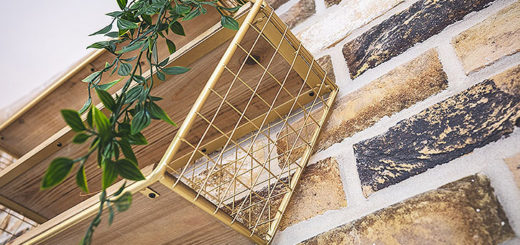

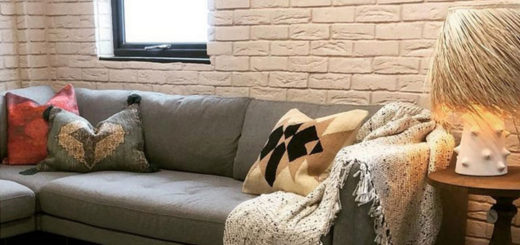

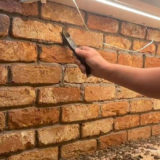


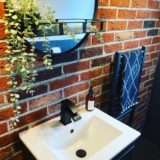

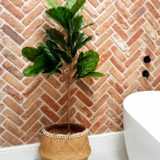


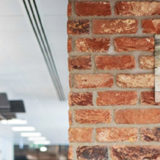













Hi we purchased some brick slips and they are much paler than we hoped. They are for an exterior extension. Do you know if there are and coloured sealers available ? Or would the gloss deepen the original colour? Thank you